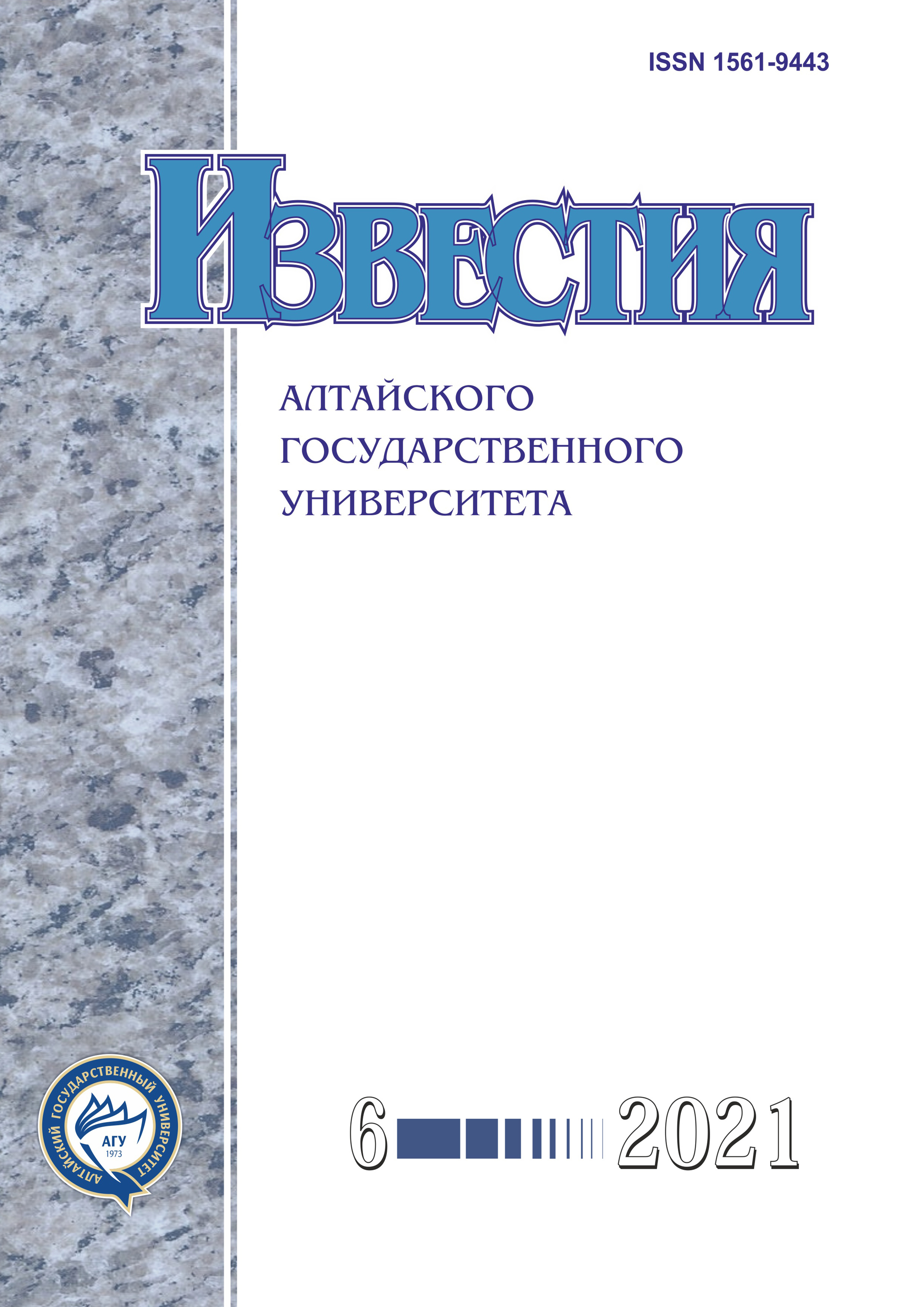The Quest for Israeli Identity: the Rise and Decline of the Sabra Myth
УДК 94(569.4):327 ББК 63.3(5Изр)64+66.4(0)
Abstract
This article analyzes an attempt to construct a new identity for Jews born on the territory of the Mandatory Palestine, the so-called Sabras, between the First and Second World Wars. The characteristic features of this identity included the deliberate brutality, the combination of peasant labor with the skills of armed self-defense, collectivism and a conscious break with the diaspora past. The external attributes of the sabras were the wearing of simple but comfortable clothes of the inhabitants of the kibbutzim and the cultivation of Hebrew. Sabras become a role model for Jewish youth who arrived in Israel and those who were already born here. The attractiveness of the sabra’s image was enhanced through advertising posters, cinematography, and literature. This model of identity is of interest as an attempt to return to the origins of Hebrew history, as well as to raise a generation of “new Jews” devoid of any shortcomings that complicated the life of Jews in exile. The artificiality of this model and its isolation from Israeli realities were among the main reasons that led to the collapse of the myth of the super-sabra. At the same time, this myth laid the foundations for a different perception of the Jews both by themselves and by the world community, contributing to the victory of Israel in the war of independence.
Downloads
Metrics
References
Рознер Ш., Фукс К., Эппель М. Израильский Иудаизм. Портрет культурной революции / пер. с иврита М. Эппеля // Заметки по еврейской истории. 2020. №4. URL: http://litbook.ru/article/14238.
Zerubavel Y. “Mythological Sabra” and Jewish Past: Trauma, Memory, and Contested Identities // Israel Studies. 2002. Vol. 7. No.2.
Левейтас Л. Почему рожденных в Израиле детей называют «кактусы»-сабры. URL: http://www.vwsty.co.il/ articles/49.
Рубинштейн А. От Герцля до Рабина и дальше. Сто лет сионизма / под ред. Ф. Дектора; пер. с иврита. 2-е изд. Минск, 2002.
Kaplan E. Amos Oz’s “A Tale of Love and Darkness” and the Sabra Myth // Jewish Social Studies. 2007. Vol. 14, No. 1.
Israel: The Watchman // Time. August 16, 1948. URL: http://content.time.com/time/subscriber/article/0,33009, 798932-4,00.html.
Оз А. Повесть о любви и тьме / пер. с иврита В. Радуцкого. СПб., 2007.
Shapira A. Spiritual Rootlessness and Circumscription to the ‘Here and Now’ in the Sabra World View // Israel Affairs. 1998. Vol. 4, No.3-4.
Feldestein A. Rebirth of the “Other” in the 1948 War: A Cinematic Expression // Australian Journal of Jewish Studies. 2006. Vol. 20.
Pfefferkorn E. The Muselmann at the Water Cooler: A Study of Survival in Extreme and Day-to-Day Situations: The Inside View of a Holocaust Survivor. Boston, 2011.
Tivnan E. The Lobby. Jewish Political Power and American Foreign Policy. N.Y, 1987.
Холокост: Энциклопедия / Ред. У Лакер, соред. Ю.Т. Баумель; пер. с англ. М., 2005.
Население Израиля в 69-й День независимости — 8,68 миллиона человек. URL: https://www.newsru. co.il/israel/27apr2017/halmas313.html.
Copyright (c) 2021 Владимир Петрович Румянцев

This work is licensed under a Creative Commons Attribution 4.0 International License.
Izvestiya of Altai State University is a golden publisher, as we allow self-archiving, but most importantly we are fully transparent about your rights.
Authors may present and discuss their findings ahead of publication: at biological or scientific conferences, on preprint servers, in public databases, and in blogs, wikis, tweets, and other informal communication channels.
Izvestiya of Altai State University allows authors to deposit manuscripts (currently under review or those for intended submission to Izvestiya of Altai State University) in non-commercial, pre-print servers such as ArXiv.
Authors who publish with this journal agree to the following terms:
- Authors retain copyright and grant the journal right of first publication with the work simultaneously licensed under a Creative Commons Attribution License (CC BY 4.0) that allows others to share the work with an acknowledgement of the work's authorship and initial publication in this journal.
- Authors are able to enter into separate, additional contractual arrangements for the non-exclusive distribution of the journal's published version of the work (e.g., post it to an institutional repository or publish it in a book), with an acknowledgement of its initial publication in this journal.
- Authors are permitted and encouraged to post their work online (e.g., in institutional repositories or on their website) prior to and during the submission process, as it can lead to productive exchanges, as well as earlier and greater citation of published work (See The Effect of Open Access).








